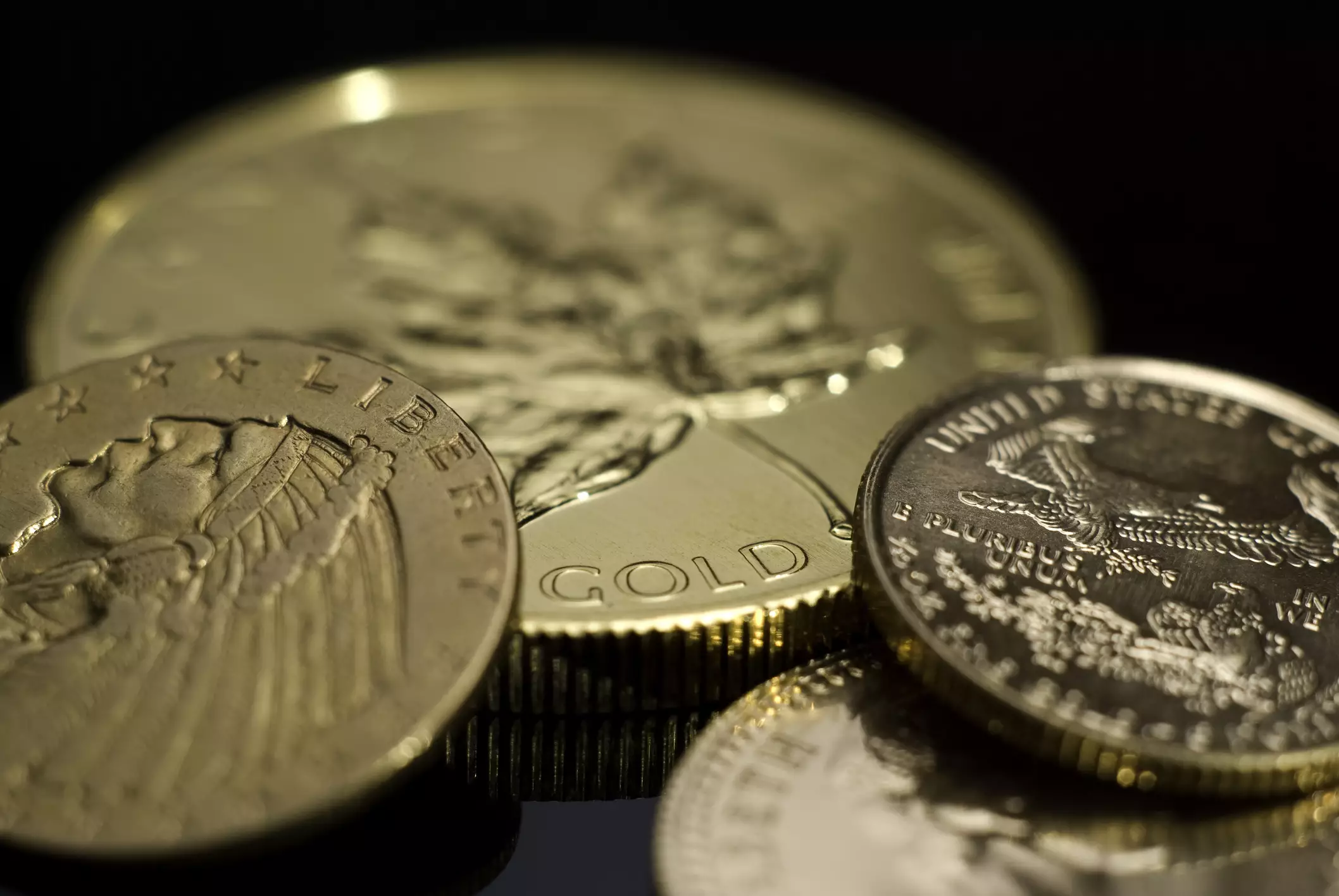As the gold market experiences a robust upward trajectory, prices have recently touched the significant psychological level of $2,900 per ounce. This remarkable ascent is notable considering the metal has incurred only a limited number of minor setbacks—specifically eleven days of losses—since the bullish trend commenced in mid-December. Investors are closely watching this pivotal moment, as the stability of gold at these elevated levels will dictate the future course of its trading landscape.
The current dynamics of gold trading are characterized by the crucial support zones located between $2,850 and $2,870. These levels are vital for maintaining bullish sentiment in the market. A solid defense of these prices will mark a significant threshold; should the gold bulls successfully push beyond the $2,900 barrier, potential gains could propel prices towards the $2,950 to $2,970 range. Here, traders should note the convergence of key technical indicators, including the 161.8% Fibonacci extension level and a resistance line connecting the peaks from April and October 2024. These points collectively form a zone that could be the next target for bullish activities.
However, caution is warranted as technical indicators reflect increasing signs of overbought conditions. The Relative Strength Index (RSI) and stochastic metrics are currently situated in territory that suggests potential exhaustion in the rally. This scenario can deliver a warning signal for traders who rely on technical analysis for their investment strategies. A breach below the critical price levels of $2,850 or $2,870 could trigger selling pressure, with potential downturns revisiting the levels seen a few days prior, near $2,830, or lower down to about $2,813.
If such a decline occurs, targets may shift to October’s peak of $2,790, or the 20-day simple moving average (SMA) which is currently trending around $2,770. A decline below these levels would pose risks to the bullish outlook, suggesting a neutralization of the medium-term trend. The market sentiment could shift dramatically if the bears gain traction.
While gold’s immediate trajectory appears promising with the potential for further upward movement, the key lies within maintaining above the established support zone. The ongoing battle at the $2,900 mark will significantly influence gold’s near-term performance. Traders and investors must remain vigilant, employing a balanced approach that considers both technical signals and market sentiment as they navigate this ever-changing commodity landscape. As we move forward, the upcoming trading sessions will be pivotal in determining whether gold can solidify its gains or face a corrective phase.

